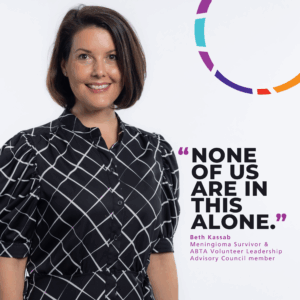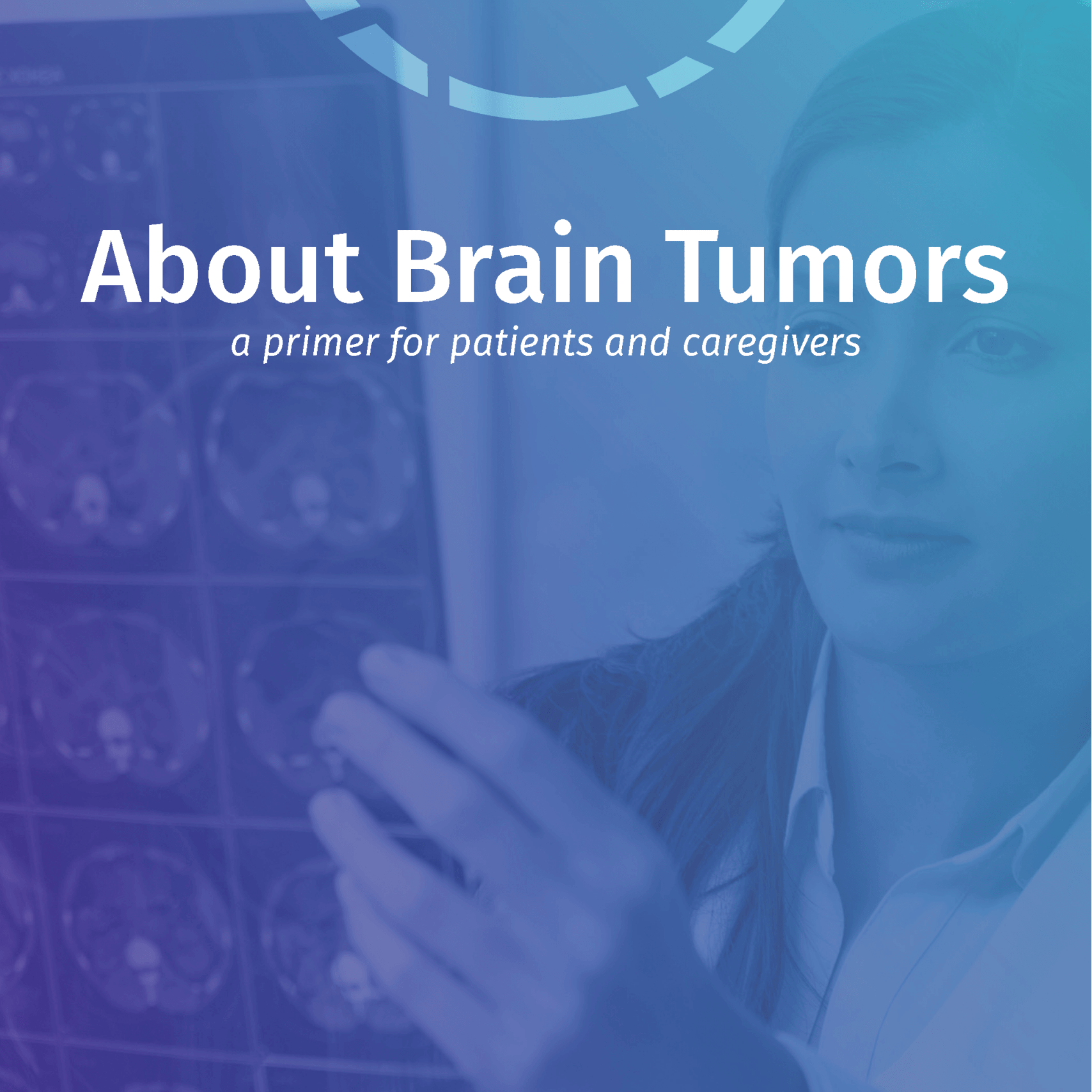by Nina Glauch
I’m no stranger to brain injuries. I was a competitive figure skater growing up and had a few concussions on the ice. One was significant enough that I couldn’t remember where my classes were at school the next day.
That early experience helped shape my career path. I became a med/surg optometrist, drawn in part by the deep neurological connection between the eyes and the brain. During my training, I completed a neuro-ophthalmology rotation and got a front-row seat to the way neurological conditions can slowly chip away at someone’s sense of self and how they interact with the world.
Neurology is incredibly complex.
And while diagnostic tools and treatment options continue to evolve, not every condition has a solution. Because the eyes are an embryological extension of the brain, I’ve personally managed cases where a neurological condition affected a patient’s vision—or even ordered the MRI that revealed a brain tumor.
The Unexpected Discovery
In my late 20s, I was rear-ended and suffered yet another concussion. As part of my evaluation, I received my first MRI. That scan revealed something completely unexpected: a meningioma attached to my superior sagittal sinus.
It was small and not causing symptoms beyond the concussion, so the recommendation was to monitor it. I was reassured that most meningiomas grow very slowly and that this might never become an issue. And for a while, it didn’t. I had two children. Life moved on.
The Shift I Didn’t Expect
But at 34, things changed.
I started experiencing worsening migraines and a constant, focused pressure in one specific part of my skull—exactly where the tumor was. During a break between patients, I saw my latest MRI results pop up in my patient portal. Expecting stability, I opened the scan quickly.
Instead, I saw:
- Doubling in tumor size
- New mass effect
- Narrowing of the superior sagittal sinus
I didn’t need a neurologist to explain it. I knew right then: I was going to need brain surgery.
Compartmentalizing the Panic
In that moment, I felt the floor drop and the walls close in. I gave myself five minutes. Five minutes to feel the panic, acknowledge it, and let the gravity of the situation sink in.
Then I collected myself and went back to work.
That’s what healthcare providers do—we compartmentalize. We focus fully on the patient in front of us, then close out the encounter and move to the next. It’s a survival skill in our profession, but also a life skill. That day, I relied on it more than ever.
Preparing for Surgery
I was fortunate to have access to a world-renowned medical center and was matched with a neurosurgeon who specializes in my tumor type and location. Because of my age and the tumor’s proximity to the superior sagittal sinus, surgery couldn’t wait much longer. We scheduled it within the next few months.
In the meantime, I lived my life. I locked away the denial. I leaned into the everyday moments: my kids, my partner, my work, my friends. I didn’t just let the days pass—I lived in them.
While death from a craniotomy is rare, I didn’t know how much of myself I’d retain. Would I lose part of my identity? My abilities? I couldn’t know. So I cherished the present more than ever.
A New Kind of Presence
Surgery was successful. I still experience some minor side effects, but I’m here. I’m myself. And in many ways, I’m better.
As a provider, I’m more vigilant and empathetic. I investigate symptoms more thoroughly. I’ve found conditions I might not have looked for before. I counsel patients differently. I stress the importance of not dismissing headaches or changes in their body.
As a person, I have more gratitude. More resilience. More presence.
I now know I can handle anything.








